

 Astronomy & Astrophysics published a research paper recently that looked at "Unintended Electromagnetic Radiation from Starlink Satellites." The study was done in conjunction with the Low-Frequency Array (LOFAR) telescope in the Netherlands. The LOFAR telescope is a network of over forty radio antennas spread across the Netherlands, Germany, and the rest of Europe. more
Astronomy & Astrophysics published a research paper recently that looked at "Unintended Electromagnetic Radiation from Starlink Satellites." The study was done in conjunction with the Low-Frequency Array (LOFAR) telescope in the Netherlands. The LOFAR telescope is a network of over forty radio antennas spread across the Netherlands, Germany, and the rest of Europe. more
 I attended a workshop on the topic of Internet Fragmentation in July. The workshop was attended by a small collection of Australian public policy folk, some industry representatives, folk from various cyber-related bodies, and those with a background in Internet Governance matters. It was a short meeting, so the perils of fragmentation were not discussed at length, as they often can be, but the concerns about the breakup of the essential bonds that keep the Internet together were certainly palpable in that meeting. more
I attended a workshop on the topic of Internet Fragmentation in July. The workshop was attended by a small collection of Australian public policy folk, some industry representatives, folk from various cyber-related bodies, and those with a background in Internet Governance matters. It was a short meeting, so the perils of fragmentation were not discussed at length, as they often can be, but the concerns about the breakup of the essential bonds that keep the Internet together were certainly palpable in that meeting. more
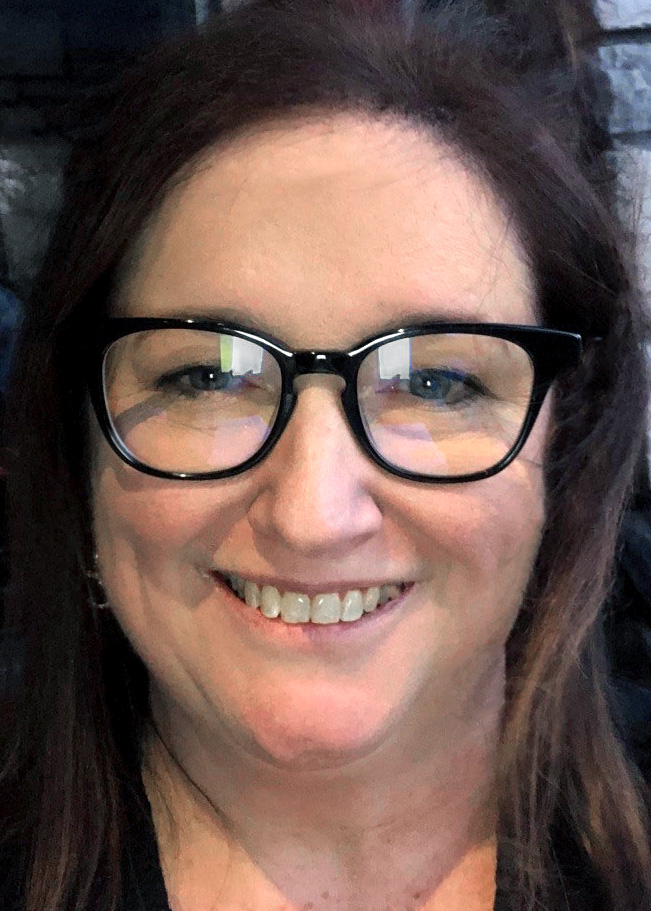 Companies today manage hundreds or even thousands of domain names that support their organization, their visitors from different countries, and their brands and trademarks. They register misspelling of their names as a defensive strategy to protect their brand from online fraud, or from losing traffic to simple user typos. more
Companies today manage hundreds or even thousands of domain names that support their organization, their visitors from different countries, and their brands and trademarks. They register misspelling of their names as a defensive strategy to protect their brand from online fraud, or from losing traffic to simple user typos. more
 The American Medical Association fully supports telehealth. The group now has gathered enough evidence of the effectiveness of telehealth and touts the advantages of telehealth to its member physicians. There are still a few ongoing issues involving compensation, privacy, liability, and of course, rural patients without broadband access. more
The American Medical Association fully supports telehealth. The group now has gathered enough evidence of the effectiveness of telehealth and touts the advantages of telehealth to its member physicians. There are still a few ongoing issues involving compensation, privacy, liability, and of course, rural patients without broadband access. more
 In an earlier post, I asked whether electronically steered antennas (ESAs) would replace parabolic antennas in satellite ground stations. I did some research and concluded that it is likely that they will. Next, I discussed the same question with ChatGPT and, while it made several false statements, it made a relevant point that I had overlooked. The relevant addition was positive, but the errors were troublesome, so I decided to try ChatGPT's competitor Google Bard. more
In an earlier post, I asked whether electronically steered antennas (ESAs) would replace parabolic antennas in satellite ground stations. I did some research and concluded that it is likely that they will. Next, I discussed the same question with ChatGPT and, while it made several false statements, it made a relevant point that I had overlooked. The relevant addition was positive, but the errors were troublesome, so I decided to try ChatGPT's competitor Google Bard. more
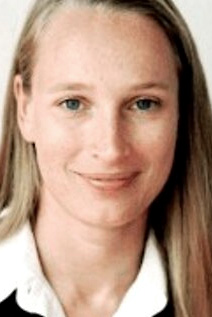 We've just published the 2023 edition of the DOTZON study "Digital City Brands." After introducing the study in early 2017, DOTZON has mapped how successful cities are using their Digital City Brands for the seventh year in a row. The Digital City Brand is the digital dimension of the City Brand and mirrors the "Digitalness" of a city. The advent of the Internet was why Digital City Brands came into being in the first place. more
We've just published the 2023 edition of the DOTZON study "Digital City Brands." After introducing the study in early 2017, DOTZON has mapped how successful cities are using their Digital City Brands for the seventh year in a row. The Digital City Brand is the digital dimension of the City Brand and mirrors the "Digitalness" of a city. The advent of the Internet was why Digital City Brands came into being in the first place. more
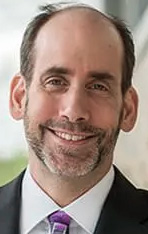 In 2021, we discussed a potential future shift from established public-key algorithms to so-called "post-quantum" algorithms, which may help protect sensitive information after the advent of quantum computers. We also shared some of our initial research on how to apply these algorithms to the Domain Name System Security Extensions, or DNSSEC. In the time since that blog post, we've continued to explore ways to address the potential operational impact of post-quantum algorithms on DNSSEC, while also closely tracking industry research and advances in this area. more
In 2021, we discussed a potential future shift from established public-key algorithms to so-called "post-quantum" algorithms, which may help protect sensitive information after the advent of quantum computers. We also shared some of our initial research on how to apply these algorithms to the Domain Name System Security Extensions, or DNSSEC. In the time since that blog post, we've continued to explore ways to address the potential operational impact of post-quantum algorithms on DNSSEC, while also closely tracking industry research and advances in this area. more
 The U.S. Federal Communications Commission circulated draft rules to govern the lower 42 GHz spectrum (between 42-42.5 GHz). This is within the range of spectrum referred to as millimeter wave spectrum. This is one of the more unusual FCC spectrum deliberations because this spectrum is totally empty -- there is nobody currently authorized by the FCC to use the spectrum band. The FCC is starting this deliberation with a clean slate. more
The U.S. Federal Communications Commission circulated draft rules to govern the lower 42 GHz spectrum (between 42-42.5 GHz). This is within the range of spectrum referred to as millimeter wave spectrum. This is one of the more unusual FCC spectrum deliberations because this spectrum is totally empty -- there is nobody currently authorized by the FCC to use the spectrum band. The FCC is starting this deliberation with a clean slate. more
 Because DNS is such an omnipresent part of modern networking, it's easy to assume that functional DNS infrastructure can be left running with minimal adjustments and only needs to be investigated in the event of a malfunction. Yet there are small telltale signs that precede DNS issues -- and knowing what they are can help to prevent disruption before it happens. more
Because DNS is such an omnipresent part of modern networking, it's easy to assume that functional DNS infrastructure can be left running with minimal adjustments and only needs to be investigated in the event of a malfunction. Yet there are small telltale signs that precede DNS issues -- and knowing what they are can help to prevent disruption before it happens. more
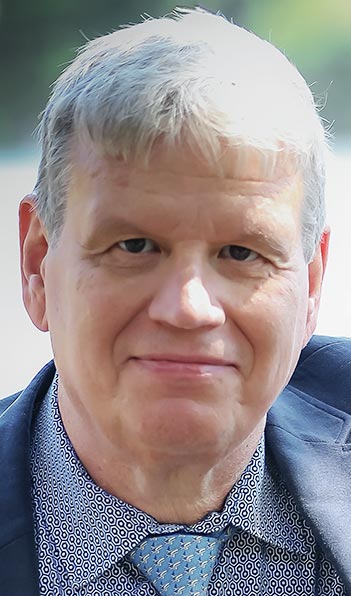 The digital domain encompasses the different spaces and spheres we use to relate and interact with the people and things that surround us using digital technologies. The Universal Declaration of Human Rights, UDHR, as the globally accepted standard, should serve us as the guiding light when it comes to striking the delicate balance between our rights and responsibilities on and off-line. more
The digital domain encompasses the different spaces and spheres we use to relate and interact with the people and things that surround us using digital technologies. The Universal Declaration of Human Rights, UDHR, as the globally accepted standard, should serve us as the guiding light when it comes to striking the delicate balance between our rights and responsibilities on and off-line. more
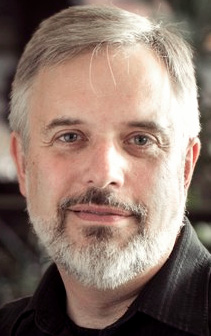 Interested in learning more about routing security? How it can affect your connectivity supply chain? What are best practices for enterprises and organizations? What is the role of CSIRTs in securing routing? What are governments doing now, and planning to do in the future around routing security? more
Interested in learning more about routing security? How it can affect your connectivity supply chain? What are best practices for enterprises and organizations? What is the role of CSIRTs in securing routing? What are governments doing now, and planning to do in the future around routing security? more
 It's becoming clear that we are now deep into a fiber land grab. By that, I mean that companies that overbuild fiber in the United States are moving into markets to build fiber as quickly as possible. The biggest ISPs have publicly discussed their plans for building a lot of fiber in 2023. Following are some of the latest projections for 2023: more
It's becoming clear that we are now deep into a fiber land grab. By that, I mean that companies that overbuild fiber in the United States are moving into markets to build fiber as quickly as possible. The biggest ISPs have publicly discussed their plans for building a lot of fiber in 2023. Following are some of the latest projections for 2023: more
 Afnic, the association responsible for several Internet Top Level Domains, including the .fr country-code Top Level Domain, has published the 2022 edition of its annual analysis under the title “The Global Domain Name Market”. Here are some highlights of this study. The domain name market posted aggregate growth of +1.9% in 2022, an acceleration that reflects a break in the trend observed since 2019. As we foresaw in last year’s report, 2021 was the “trough” year, with a relative improvement over 2022. more
Afnic, the association responsible for several Internet Top Level Domains, including the .fr country-code Top Level Domain, has published the 2022 edition of its annual analysis under the title “The Global Domain Name Market”. Here are some highlights of this study. The domain name market posted aggregate growth of +1.9% in 2022, an acceleration that reflects a break in the trend observed since 2019. As we foresaw in last year’s report, 2021 was the “trough” year, with a relative improvement over 2022. more
 Just recently, Bluesky -- the decentralized social network running on an open protocol called AT Protocol -- announced that as a mechanism for supporting its business financially, it will directly sell domain names as handles for its users. The sales will be processed through an Internet Corporation for Assigned Names and Numbers (ICANN) accredited registrar, called Namecheap. Currently, the handles on social media platforms are internal handles and not independent domain names. more
Just recently, Bluesky -- the decentralized social network running on an open protocol called AT Protocol -- announced that as a mechanism for supporting its business financially, it will directly sell domain names as handles for its users. The sales will be processed through an Internet Corporation for Assigned Names and Numbers (ICANN) accredited registrar, called Namecheap. Currently, the handles on social media platforms are internal handles and not independent domain names. more
 Ajit Pai recently wrote an article in the National Review where he talks about how his decision as head of the FCC to repeal net neutrality was the right one. He goes on to claim that repealing net neutrality was the driver behind the current boom in building fiber and upgrading other broadband technologies. He contrasts the progress of broadband in the U.S. with Europe and says that the FCC's action is the primary reason we are seeing a fiber boom in the U.S. more
Ajit Pai recently wrote an article in the National Review where he talks about how his decision as head of the FCC to repeal net neutrality was the right one. He goes on to claim that repealing net neutrality was the driver behind the current boom in building fiber and upgrading other broadband technologies. He contrasts the progress of broadband in the U.S. with Europe and says that the FCC's action is the primary reason we are seeing a fiber boom in the U.S. more
Sponsored byIPv4.Global

Sponsored byVerisign

Sponsored byDNIB.com

Sponsored byWhoisXML API

Sponsored byRadix

Sponsored byCSC

Sponsored byVerisign
